#Briar Rose
Note
Drawing an actual Disney character (not counting twst or descendants) should count as a jump scare I think
BOO!!! *disney jumpscare* 👺


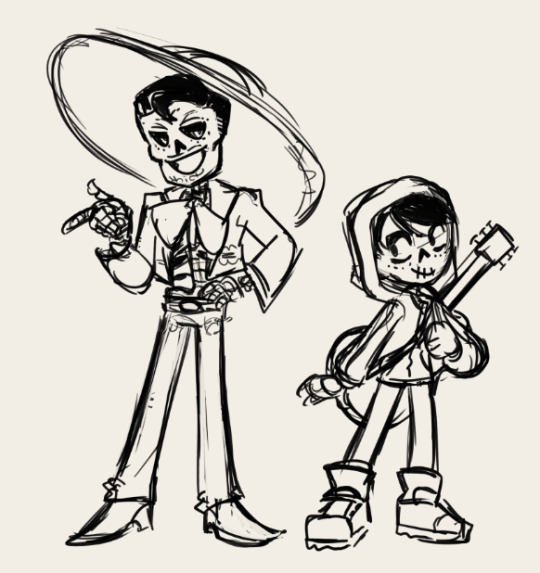
#ask#fanart#disney#snow white and the seven dwarfs#sleeping beauty#coco#disney coco#evil queen#queen grimhilde#snow white#aurora#princess aurora#aurora briar rose#aurora briar#briar rose#<-- forgor what i keep her tagged as on here lol#maleficent#ernesto de la cruz#miguel rivera#OOGAA BOOGAAAA SCARY SCARY 👺👺👺#DISNEY ART DISNEY ART DISNEY ART‼️‼️‼️👺👺👺👺#NIGHTMARE NIGHTMARE NIGHTMARE NIGHTMARE ‼️‼️‼️‼️👺👺👺👺#bangs pots and pans together SPOOKY SCARY
131 notes
·
View notes
Text
Some scholarly notes about the Grimm fairytales (1)
Recently in France (well... for the last two dozen years), the publishing house José Corti has been specializing itself in scientific fairytales collections. While for the study of literary fairytales one would go towards Honoré Champion, when it comes to folktales and fairytales it is José Corti one must check. In their "Merveilleux" collection they have been publishing for the very first time in France or republishing out-of-prints collections of various European fairytales (from Denmark, Spain, Romania, and more) - with a few classics of the "literary" fairytales that marked deeply the evolution of the genre (such as Straparola's Facetious Nights or Ludwig Bechstein's fairytales).
All of that to say, José Corti has in 2009 published the most recent scientific (but for an all-public) edition of the brothers Grimm fairytales. The full collection of their fairytales, translated accurately in French, with annotations about their type/classification, their evolution throughout editions and their predecessors. I can't share all of these annotations with you, of course, but I can share a handful of them, about the most famous stories of the Grimm. They all come from the same person who translated the story in this edition: Natacha Rimasson-Fertin. (Of course my notes might be incomplete but hey, you'll have to buy the books to see the whole thing :p Or check them out at your local library)

The devil with three golden hairs (Der Teufel mit den dre goldenen Haaren)
This story is at the crossroa between the Aa-Th 461 "Three hair from the devil's beard" ; the AT 460B "The quest for fortune" and the AT 93à "Urie's letter/The prophecy".
In the 1812 edition, there were two different versions of this tale. Story number 29 "The story of the devil with three golden hair", told by Amalia Hassenpflug, and number 75, "The phenix", told by her sister Mary. In the second version the devil was replaced by a phoenix, and the hero had to get three feathers. In the 1819 edition the two stories disappeared and were replaced by the version we know today, told by Dorothea Viehmann. Another version that the Grimms had collected in 1812 had a princess falling in love with the woodsman that cuts a tree below her window.
The final episode, where the hero asks three questions to the devil through the old woman, echoes the Pentamerone's "The Seven Doves". Other versions of this story include Asbjörnsen-Moe's "The wealthy Peter Krämer", and Afanassiev's "Marco the Wealthy and Vassili the Unfortunate". The story of the brothers Grimm gathers several references to the Bible: the child throw in the water echoes Moses' abandonment, the letter meant to kill the hero is similar to the one David uses to kill Urie, finally the hair as holders of a being's wisdom and strength is linked to the legend of Samson and Dalila. But many other elements of the story evoke older faiths. The idea of a body of water as the frontier with the Otherworld can be found in the Classical Antiquity with the Greek Charon, and is found in other stories of the volume, such as "Frau Holle" and "The Iron Stove" - it as believed that water formed an obstacle spirits could not cross. The hero's mission recalls a tale of Saxo Grammaticus where Thorkill enters Utgard (the realm of supernatural beings) to steal a hair from the beard of Utgard-loki. The brothers Grimm had noted that the belief in the exceptional fate of a child born with a "hood" was also found in Iceland, where the "caul", called Glückshaut (skin of luck) was the home of a genie that would follow the child all of his life. And indeed, modern research has proven that the name given to this caul, the "fyljia" was also the name of a spiritual double, a tutlar spirit tied to a person or a family. This is why the tradition was to preserve and hide this "pileus naturalis" - in Belgium, it was called a "hem" and its color allowed for divination rituals about the child's future.
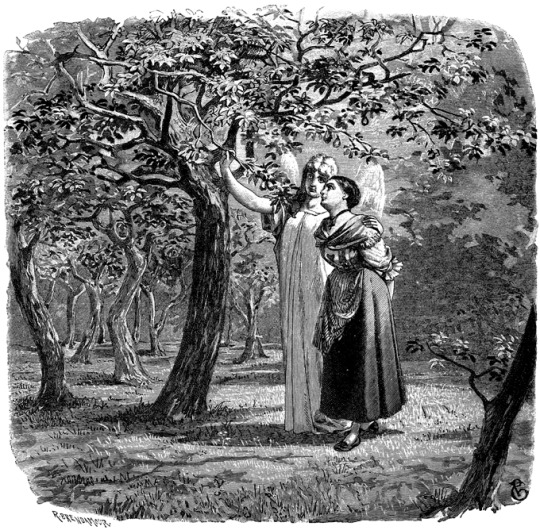
The girl without hands (Das Mädchen ohne Hände)
This fairytale is actually a cross between the AT type 706 "The maiden without hands" and the AT 930 "Urie's letter/The prophecy". The story was created by the brothers mixing two versions from Hesse, one told by Mary Hassenpflug, the other by Dorothea Viehmann. The second version lacks this story's introduction and begins with a father trying to marry his own daughter - when she refuses, he cuts off her hands and breasts, and chases her out of his house. It then follows the story. Meanwhile, the first version differs when the heroine is with her child in the forest: an old man tells her to hug three time a tree with her arms, which makes her hands grow again. He also tells her to only open the door of her house to one who will ask to enter "for the love of God" three times in a row - the king will be forced to do this before entering.
Outside of these two main versions, the brothers Grimm collected three additional ones. In the first, the angel that guides the girl is replaced by a small light that descends from the sky ; and the hands of the girl grow back when she plunges her arms in a stream after seeing a blind mouse enter its water to regain its sight. In the second version, a man is upset at his little girl praying for him day and night, but since she refuses to stop despite his demands, he cuts off her tongue. But she prays in thought and makes the sign of the cross, so he cuts off her right hand, then her arm all the way to the elbow, before banishing her. She is saved by a hunter that hides her in his master's domain and feeds her in secret with his master's dogs. When the master discovers this, he decides to raise the girl as his own child. One day she gives money to a poor man, who tells her she will regain her arm and tongue if she goes to drink of a certain stream, and he gives her a magical staff to protect her. When she returns at the lord's house, he marries her. The third version is about a queen banished by her husband with her two children, and is identical to the legend of saint Helen.
Other international versions of the tale include Zingerle's "The pretty daughter of the innkeeper", Basile's "Penta the one-armed girl" and Afanassiev's "The young girl without hands". There are some versions where it is a man that is mutlated, such as Afanassiev's "The brave without legs and the blind brave". The roots of this story date back to the end of the 12th century, and are located in southern England - this tale was the subject of numerous literary adaptations, the most famous being the verse romance of the 13th century "The Beautiful Helen of Constantinople".
The motif of the child sold to the devil is recurring among the Grimm fairytales - even though the character of the devil can be replaced by another supernatural being, such as in "Rapunzel" or "The Nixie of the Mill-Pond". The idea of offering the first thing one sees upon returning home is as old as the Ancient Testament (Judges). This story bears the signs of a heavy Christianiation, and was clearly inspired by the legend of Saint Genevieve of Brabant, falsefely accused of being unfaithful and condemned to death with her newborn child. The executioners take pity on her and she lives alone in the woods for seven years. As with other tales from the Grimm collection, this story mixes the Christian fantasy (the hands that regrow are treated as a Christian miracle) with pagan fantasy (there are several elements of folk-magic, such as the circle the girl draws around her to be protected from the devil, or the accusations of the queen giving birth to a changeling - a changeling also appears in the third story of "The Elves", KHM 39).

The Robber Bridegroom (Der Räuberbräutigam)
This story belongs to the fairytale type Aa-Th 955, named after it: "The robber bridegroom".
The tale was told to Jacob Grimm by Mary Hassenpflug, and was present as early as the 1810 manuscript. However this first version, that the brothers deemed "incomplete" was replaced from the 1812 edition onward by a new version which mixed two versions from Lower-Hesse. The brothers noted the existence of another version where the robber indicated the road to his house to a princess, by tying ribbons around the trees.
Ludwig Bechstein took inspiration from the brothers Grimm's tale to create his own "The Robber Bridegroom". This fairytale, like "Fichter's Bird", belongs to the "Bluebeard cycle" (several tales that the brothers removed from their first edition also belonged to this cycle).
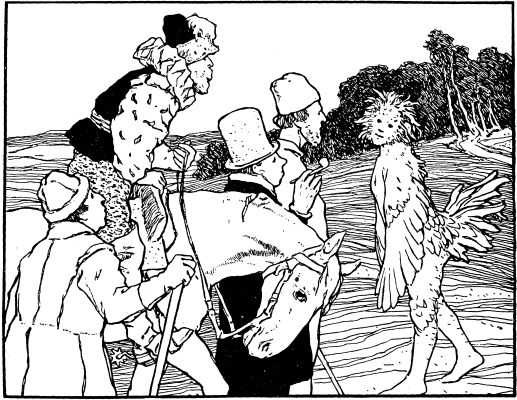
Fitcher's Bird (Fitchers Vogel)
This tale is a variation of the Aa-Th 311 "The heroine rescues herself and her sisters", usually classified under the "Bluebeard" category.
The final text of the Grimms is actually a mix of two different versions of the same story that was told to the brothers by both Friedrike Mannel and Dortchen Wild. The Grimms noted the existence of a version from Hanovre which goes as follow: a poor woodcutter asks his daughter to bring him his meal in the forest, and to show them the way he places peas on the floor. However dwarves notice this, and change the emplacement of the pea so that their path leads to their grotto. The older girl follows the peas, and become the dwarves' slave. Then we have the Bluebeard "forbidden room" motif, and the story goes as the "Fitcher's Bird" goes, as the dwarves lure the two other sisters to their cave. The last sister sticks the feathers on her body by rolling herself in blood (presumably the blood of the dwarves' victims), and there is no resurrection of the sisters. Everybody that meets her on the way call her "geputzter Vogel". The dwarves hunt the girl down and almost catch her just as she reaches her father's house - she is so fast in closing the door that it cuts a piece of her heel. The Grimms also knew of a Dutch version of the story, translated in German, and that was identical to one of their first-editions tales, "The Murder-Castle".
The translation of the name of the "bird" always caused many problems, due to the difficulty of understanding the expression. The brothers Grimm themselves explained the name of the bird by the Icelandic "Fitfuglar", meaning "birds that swim" - as such, the girl would be called "Fitchers-Vogel" because she looks like a swan". However, other people do not agree with this etymology, some linking Fitcher with "Fitze", the thread. Rimasson-Fertin highlights that the expression "Fitchers Fitze", outside of a simple sonority game, might be two variations of the male name Fritz (the diminutive of Friedrich) - other usual diminutives were Fitze, Fitz and Fiete. The brothers Grimm noted that the motif of the blood that cannot be erased was much older than Perrault's Bluebeard - it could be found as early as the "Gesta Romanorum", where a mother who had murdered her child couldn't erase three blood-drops from her hand, forcing her to wear a glove. This story must be compared to the KHM 40, "The Robber Bridegroom".

The Juniper Tree (Von dem Machandelboom)
It is the AaTh 720 "My mother killed me, my father ate me".
Just like the tale of "The Fisherman and his wife", this story was written by the painter P. O. Runge, and the brothers Grimm used it as a model for how they should present their own fairy tales. In fact, we can note sentences almost identical between the two tales.
The brothers noted a variation of the story where the stepmother places her daughter near the pot where her brother cooks, and she forbids her from looking inside. But since the pot boils too much, the girl lifts the lid - then her brother's hand reaches out to her from the cauldron. There is yet another version noted by the Grimm where there are three children, not two, and the stepmother sends them pick up strawberries in the wood, promising an apple to whoever comes back first.
The cruelty of this fairytale earned the brothers a serious criticism from Achim von Arnim - who only tolerated such violence because it echoed the one present in Goethe's Faust. The description "red as blood, white as snow" of course echoes the tale of "Snow-White". The brothers Grimm mentionned in their notes that the juniper tree was a plant believed to have the power to bring back youth - and Rölleke noted that the juniper-tree's red berries were used in folk-magic. It seems to be a very ancient tale due to several very old motifs such as the soul returning in the shape of a bird, a resurrection out of bones, and cannibalism. This tale must be compared to "Brother Lustig", "The Singing Bone" and, of course, "The Fisherman and his wife".

Briar Rose (Dornröschen)
Of course, it is the AaTh 410 "Sleeping Beauty".
This fairytale was present as early as the 1810 manuscript, written by Jacob Grimm from a tale told by Marie Hassenpflug. Research has proven that this story is derived from Charles Perrault's own Sleeping Beauty. We also find back in the German story a motif coming from another famous French literary fairytale, madame d'Aulnoy's "The Hind in the Woods/The Doe in the Woods" (also known as the White Doe). In this story a Crayfish/Lobster fairy announces to the queen she will have a child, and later the same fairy curses the princess as she is born - and what a coincidence! In the first edition of "Briar Rose", the animal that announces the princess' birth is not a frog... but a crayfish. Proving that there is a direct link. As for the name of the princess n German, "Dornröschen", "small briar rose", it actually first appeared in the German translation of a 1730 fairytale by Anthony Hamilton (an Irish man who however spoke and wrote French), "Fleur d'épine" (Thorn flower/Briar flower) - it had been translated in 1790. Bolte and Polivka have also noted a comedy by Gryphius from 1660 whch was named "Die geliebte Dornrose", "The beloved briar rose".
In their notes about the fairytale, the Grimm brothers explicitely compare Briar Rose to the legend of Brunhild asleep behind a wall of fire, cursed into a magical slumber by Odin's "sleep-thorn" and woken up by Sigurd, the only one able to cross the wall of flames. The brothers Grimm were also aware of Basile's version of the story, "Thalia, Sun and Moon", which they compared to their own Briar Rose in their notes. The brothers were very fascinated by the consistant naming of the princess' children from Perrault (Dawn, Day) to Basile (Sun, Moon) and compared it to the occurences of "Day, Sun and Moon" as names within the Eddas. However we know that Perrault was heavily inspired by Basile's story when writing his own Sleeping Beauty, and only modified some parts so as to erase the more shocking and "unpleasant" parts (such as the married prince having sex with the sleeping girl). Of course, this story is also to be compared with the 14th century medieval tale of the Roman de Perceforest.
The wise women that appear in this story are the Germanic equivalent of the fairies. In fact, we know that the brothers Grimm carefully avoided (or erased) any mention of "Fee" (the German word for the English "fairy" and French "fée") from their tales, so as to better differentiate them from the French "fairy tales", "contes de fées". By turning the fairies into wise women making predictions at the child's birth, the Grimms notably opened an entire set of symbolism and interpretations linking them to the mythological figures of the Norns, Parcae and Moirai.
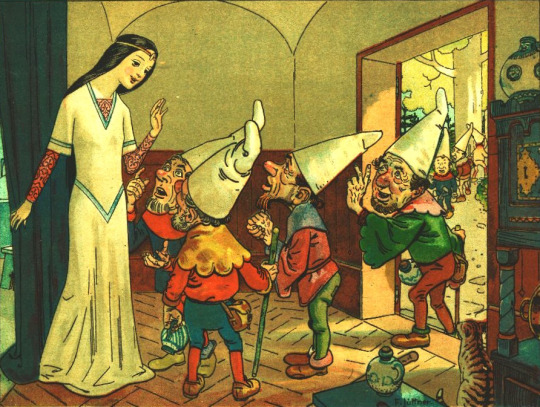
Snow White (Schneewittchen)
Of course, it is the AaTh 709 "Snow-White".
The full editing history of this tale was only "recently" recreated (the book was published in 2009, it was recent back then) in its entirety. We know that it begins in 1808 with a version collected by Ferdinand Grimm, brother of Jacob and Wilhelm, called "Schneeweibchen". It seems Ferdinand might have invented the story on his own. Wilhelm and Jacob then slowly modified it, by adding details from other collected versions, before publishing it in their first edition in 1810 (they did note at the time that it was a Lower-Germany story, and that in Upper-Germany the tale did exist but with the deformed name of "Schliwitchen". When the Grimms did their second edition, the main change they performed onto this story was the modification of the wicked mother into a wicked stepmother - something they also did for "Hansel and Gretel". In fact, from edition to edition the Grimms kept adding adjectives and expressons highlighting the opposition between the girl and the vain queen.
Th Grimms had collected several variations of the tale. One was much closer to the tale of "The Juniper Tree" and in it the queen, as she was with the king on a hunting sled, cut her finger while peeling an apple. In another variation the king and queen were walking by three mounts of snow, than went by three pools of blood, and finally saw three ravens in the sky, and each time the king wishes for a girl with the corresponding colors - soon afterward the couple encountered a little girl fitting this description. The king, immediately attached to her, takes her with him in their royal carriage, but the queen immediately hates her and tries to get rid of her - so she asks the girl to go seek a glove she threw out of the window, and while she is out of the carriage she asks the driver to leave as fast as he can. Then the little girl takes refuge at the seven dwarves' house.
The fairytale existed in German literature before the brothers Grimm published it. Indeed J. A. Musaüs had published in 1782 a fairytale called "Richilde" - and the Grimm were influenced by this tale, since in the margins of their first edition, they noted about Snow-White "It is Musaüs' Richilde". There was also a Snow-White story that had been published in 1809 in a fairytale book by A. L. Grimm (no relationship to the brothers Grimm). The Brothers Grimm did note the striking similarity between this story and the Norse pseudo-historical legend of Snäsridr, the beautiful wife of "Harald with fair hair", a wife that, when she died, stayed in her prime state so that it seemed she was still alive.
This fairy-tale has a very wide area of spreading, as it can be found from Ireland to Turkey passing by central Africa. It is especially present in the literary Italian compilations of fairytales. Basile has three variations of the story in his Pentamerone: "The raven", "Nennillo and Nennella" as well as "The she-cook".
The various virtues that Snow-White shows in this tale made her one of the big role models within the education of bourgeoisie girls in the 19th century - alongside Cinderella, of course. In fact, according to H-J Uther's analysis of the story, it is because of all her virtues that Snow-White's beauty does not fade away and stays undamaged even in death, unlike her wicked stepmother whose vices causes the fading of her charms. Finally, this fairytale is actually the proof that the brothers Grimm did not simply listed their fairytales one after the other in a random order, but deliberately created "bridges" and internal references to create a cohesive world within their book. Indeed, the mention of the snowflakes looking like feathers references "Frau Holle", while the glass coffin can be found back in, of course, "The Glass Coffin", and the blood-drops on the snow evokes "The Juniper Tree".
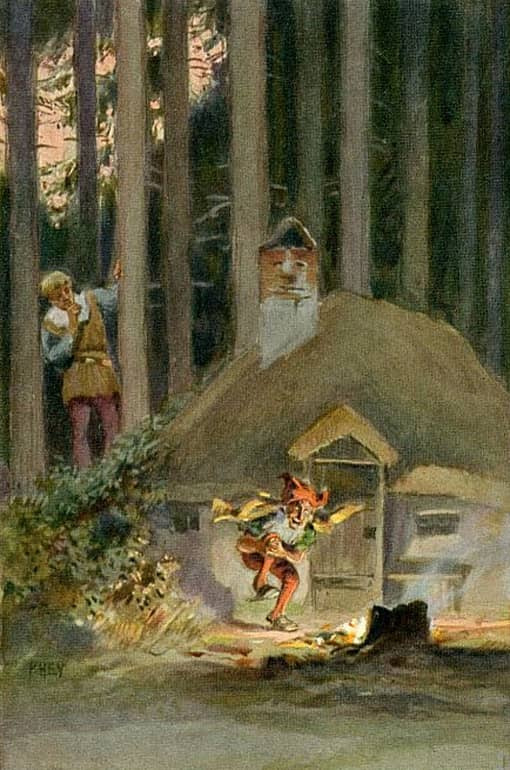
Rumpelstilzchen
Yes this story is the famous "Rumpelstilskin" (or Rumpelstiltskin? I never know how to write it in English). But why keep the German spelling? Because Rimasson-Fertin has some stuff to say about it: this name is the diminutive form of "Rumpelstilz", a term that Jacob Grimm defined in his "German Dictionary" as being synonymous with "poltergeist" (he noted a similarity between Poltergeist and Rumpelgeist, both designated a very loud spirit). While today "poltergeist" is mostly associated with ghosts, in a much broader way it designate a dwarf, a dead or a devil - or just any kind of phenomenon caused by witchcraft.
This story corresponds to the AaTh 500 "The name of the supernatural being". This fairytale has an interesting evolution history... Jacob Grimm had a version of it as early as 1808, named "Rumpenstünzchen", which was then slightly modified for the 1810 manuscript. This tale was actually the mix of two different versions - and one of these versions had a different ending. The queen didn't sent messengers searching for the dwarf's name, rather the king spotted the little man while returning from hunting on the third day. The Grimm also noted a variation where the initial situation was reversed: a young girl who had to spin hemp but could only manage to spin gold much to everybody's despair, and a small man appeared to promise her a wedding to a king's son in exchange for her firstborn child. It ended in such a way: the queen herself spotted the small man singing his name, jumping around a fire while riding a ladle like a horse. When she guessed his name, he flew out of the window and into the sky, riding the ladle like a witch's broom. We know that the episode of the spinning of the straw was only added by the Grimm in 1812 (it is not in the 1810 version), and that the final scene of the dwarf self-mutilating comes from a story of Lisette Wild and was added in 1819.
The first literary record of this story is a French fairytale published in 1705 and written by Mlle Marie-Jeanne L'Héritier de Villandon. It was "L'Histoire de Ricdin-Ricdon" (The Tale of Ricdin-Ricdon), published in her "La Tour ténébreuse et les jours lumineux" (The Shadowy tower and the luminous days). It had been translated in German by Johann Gottwert Müller in 1790, under the title "Straubfedern", "Ostrich feathers". As for the name "Rumpelstilzchen", it actually originates from Johann Fischart's Grman adaptation of the French "Gargantua", "Geschichtklitterung" (1584) - in it, Fischart lists various children game by name, and mentions a "Rumpele stilt oder der Poppart".
This fairytale type is very present in Western, Central and Northern Europe (British Isles and Ireland included), with also a few spottings in the Baltic countries, China and Japan. The name of the supernatural being always changes from one region or country to the next (in Swiss it is Hans-Öfeli, in Dutch Trillevip, in Swedish Titteliture, in Finnish Tuttirituli, in the Suffolk it is Tom Tit Tot, in Welsh Gnarwynathrot, in Irish it is Eve-Trot or Trit-a-Trot...). It is part of the enormous success of this tale-type: every country has to invent its own brand of nonsensical, un-guessable name. As for the rhymed song through which the dwarf betrays its name, it is found in England as "Nimmy nimmy not / My name is Tom Tit Tot", and in an Afro-American version of North Carolina "I'm so glad that she do not know / That my name is Tabutoe Tambutoe".
The brothers Grimm noted that in Germanic mythology it was typical for underground beings (aka dwarfs) to have names that are not usual among humankind, which is why, again according to them, the dwarf of this story would feel in perfect safety proposing the queen such a game. The rule according to which obtaining the name of a supernatural being means gaining a form of power over them is very common, and is even reused in another one of the Grimm stories: KHM 136, "Iron John". H. Rölleke did an analysis of the names the queen proposes at first: we have the three names of the Magi, aka the Three Wise Men, or King-Magi, which gives a Christian setting to the story, and could also serve as a metonymy for all the saint names found in the Christian calendar. As for "Heinz" and "Kunz", Rölleke sees in them the diminutives of the names of the medieval emperors Heinrich and Konrad, which used to be some of the most popular male names among German-speaking countries.

All-Kinds-of-Fur (Allerleirauh)
It corresponds to the AaTh 510B "The dresses of gold, silver and stars", also known as "Donkey Skin", after the famous Charles Perrault fairytales.
The story we read today was the one told to the Grimm by Dortchen Wild, but there was a variation of it told to the brothers by Jeannette Hassenpflug, "Princess Mouse-Skin", which was present in the 1812's edition of the volume (n°71) but was then moves to the annotations as a mere mention. The version of the story from the first draft (the 1810 manuscript) was called "Allerlei Rauch", "All Kinds of Smoke", and was heavily inspired by one of the tales present within the novel "Schilly" by Carl Nehrlich.
The line "God forbade a father from marrying his daughter. Nothing good can come from this sin which will cause the kingdom's decadence" was added in the 1819 edition, and references a tale of Albert Ludwig Grimm called "Brunnenhold und Brunnenstark". The brothers Grimm insisted even more on the condamnation of the sin of incest when rewriting the story for their "small collection" for kids, and also insisted heavily upon a political extension of such a decision, which would damage the state itself. It is actually an allussion to the failure of the Frankfort Parliament, which had been gathered in 1848 at the Paulskirche in an attempt to create a constitution for all of Germany - to which Jacob Grimm had taken part.
A variation of the story collected in Paderborn has the last coat made of all the furs of the kingdom, plus moss and various forest-related material. In this version, the heroine puts the cloak on top of her three beautiful dresses before fleeing, and she hides in an empty tree where she is discovered, not during a hunting party, but by woodsman that cut off the tree she was sleeping into, to bring wood to the king. All-Kinds-of-Fur works in the castle's kitchen but one day as she is preparing the soup, the king has her sit on his chair so she can delouse him (a motif also present in "The Devil with Three Golden Hair). As she does, the king glimpses the beautiful shining dress under the cloak's sleeve, and this is how he discovers the girl's true appearance. Another variation of the story yet, also collected in Paderborn, has the heroine pretending to be mute. One day the king hits her with a whip, it rips apart the coat, revealing the golden dress underneath.
Not all the German versions of the story include the incest motif. In Musaüs' take on the story, "Die Nymphe des Brunnens", "The Nymph of the Well", the heroine leaves her father's castle because it has been destroyed. Her godmother, an undine, gifts her a small magical box and when she leaves the ball she says "Night behind me and day before me / Might nobody see me!". As for the version of Hassenpflug, "Princess Mouse-Skin", it begins as the KHM 179, "The Goose-Girl at the Well": a king wants to know which of his three daughters love him the most, the first says she loves him more than the whole kingdom, the second more than pearls and precious stones, the third more than salt. The furious father has the last princess be sent into the woods to be killed, but the servant tasked with the execution spares her out of pity, and gives her, by her request, a coat made of mice skin. The rest of the story goes like within "All-Kinds-of-Fur", except for the final wedding, to which the father-king is invited. All the dishes served to him are without salt, and he ends up saying he prefers to die rather than continue eating without salt. The princess-daughter reveals herself and points out how he tried to had her killed for loving him more than salt. Her father begs her for forgiveness, and the tale ends with her accepting.
The motif of the incest can, however, be found back in a variation of the KHM 31 (The Girl Without Hands) that the Grimms collected, and where the father mutilates the daughter for refusing to marry him. The motif of the king trying to marry his own daughter has been attested in many, many European stories ever since the 12th century. As for the boots that are thrown in the heroine's face in the Grimm story, while in the final edition it has no follow-up, in the 1812 edition it was a recurring element forming a motif within the tale. Another German version of the story that preserved this structure that the Grimms erased is the story collected by Vernaleken, "Throw-Broom, Throw-Brush and Throw-Comb". In it the king throws out of anger at the face of the heroine (Adelaide) a broom, a brush and a comb. Every time she goes to the ball, she changes her pseudonym to fit which item hit her (one night she is "Throw-Broom", another she is "Throw-Brush", etc...). There are many, many variations of the story containing such a "name play".
Other famous examples of this variation, outside of Charles Perrault's Donkeyskin, include Straparola's "The maiden in the chest", Basile's "The She-Bear", Afanassiev's "Pig-Skin".
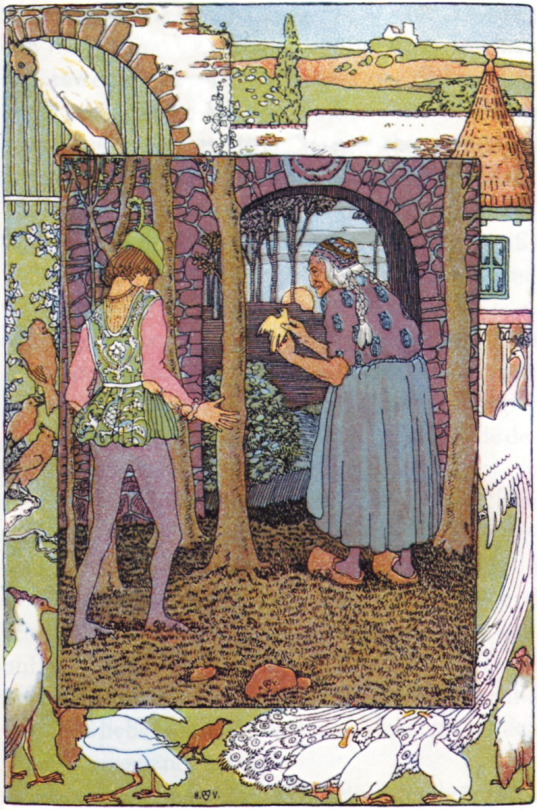
Jorinde and Joringel (Jorinde und Joringel)
It corresponds to the AaTH 405, named and created after this story, "Jorinde and Joringel".
The interesting thing with this story is that the brothers Grimm did not collect it from a direct source. Rather they lifted it, to the exact word, from the autobiography of Johann Heinrich Jung, "Jugend/Youth", published in 1779. The brothers deemed that the way Jung-Stilling had written the tale was the "perfect" way to tell the story, according to their definition of a fairytale. Though they did note the existence of a version of the story told in Schwalm - but which differs very little from the story of Jung-Stilling.
The brothers Grimm themselves noted a similarity between this story, and the KHM 123, "The Old Woman in the Wood". Rimasson-Fertin notes that the witch in this story is to be compared to the ones appearing in "Hansel and Gretel" and in "Little Brother and Little Sister". As for the name of the demon the witch invokes, "Zachiel", H. Rölleke identified it as a form of "Zachariel", a demon name coming from the very popular 17th century demonology grimoire "Clavicula Salomonis", "The Clavicles of Salomon".
#brothers grimm#grimm fairytales#brothers grimm fairytales#german fairytales#sleeping beauty#briar rose#snow-white#snow white#jorinde and joringel#all kinds of fur#the juniper tree#the devil with three golden hair#the three golden hair of the devil#the robber bridegroom#the maiden without hands#the girl without hands
21 notes
·
View notes
Text



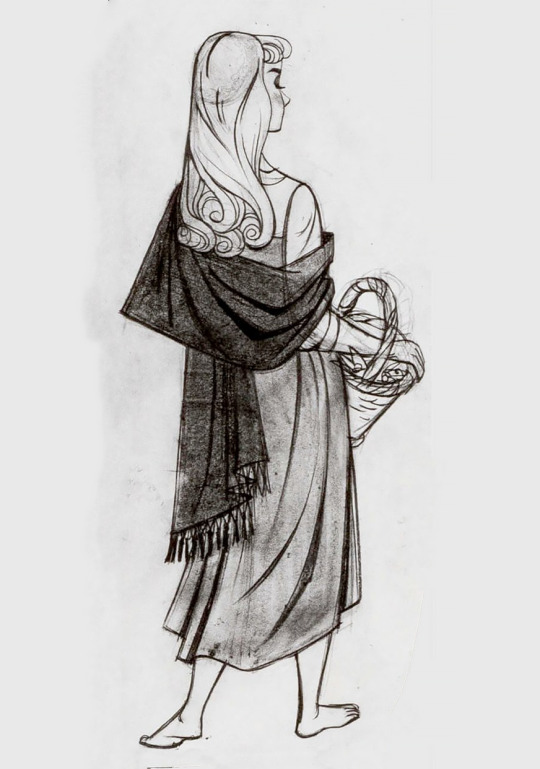
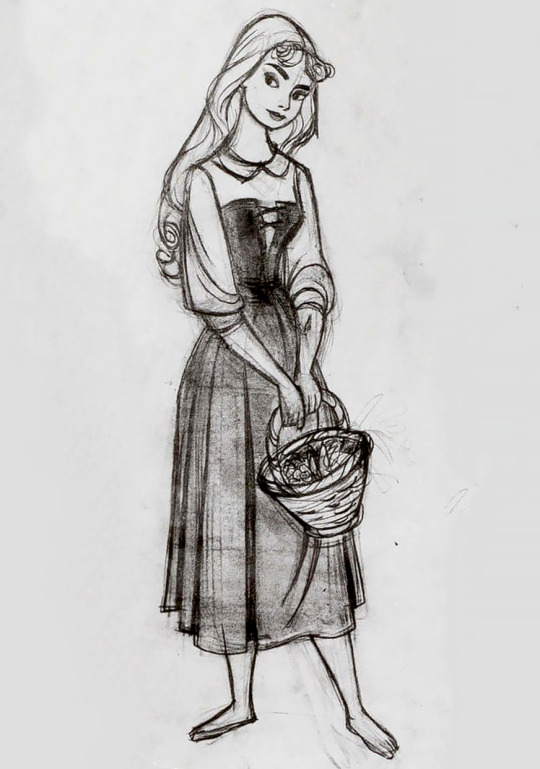

Character designs for Sleeping Beauty (1959) by Tom Oreb
#disney#sleeping beauty#tom oreb#character design#concept art#animation#disney animation#character designs#disney concept art#briar rose#aurora#sleeping beauty 1959#art#artwork#illustration#animation art
8K notes
·
View notes
Text
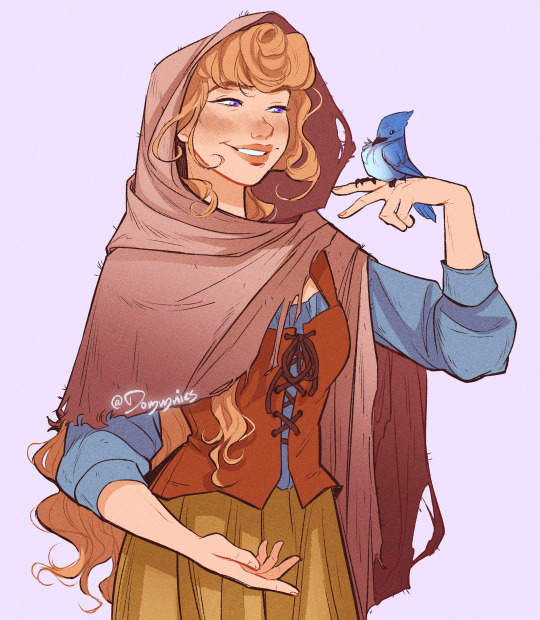

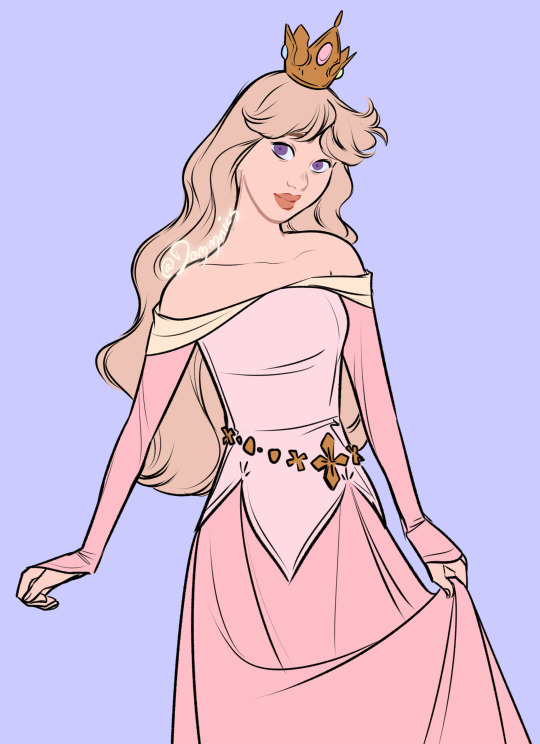
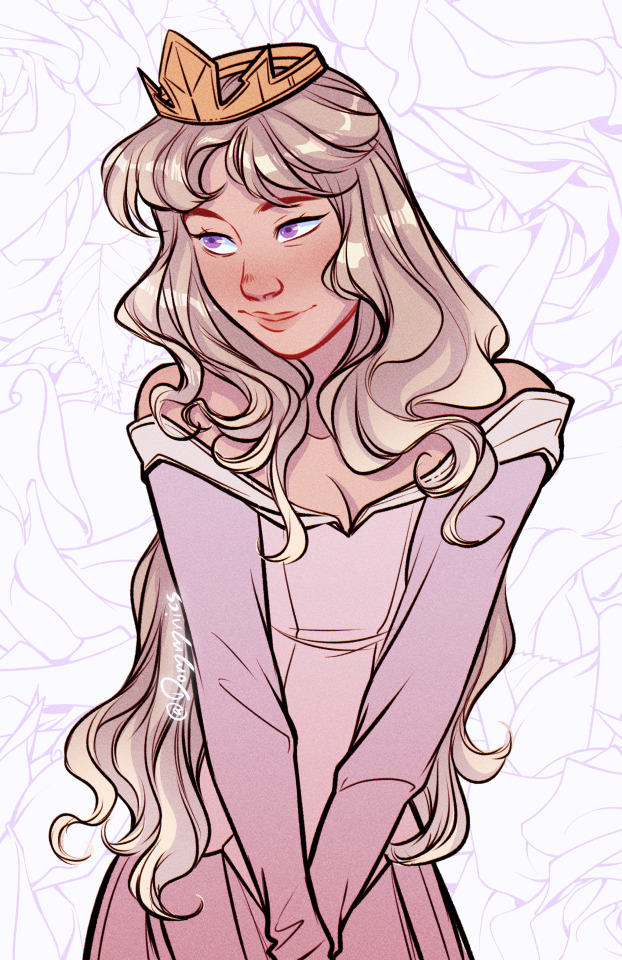
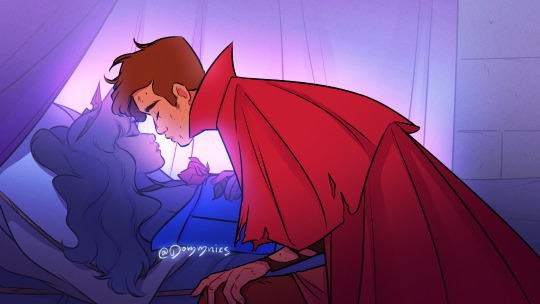
Sleeping Beauty (1959) turned 65, and it remains still such a beautiful film. It's one of my favourite quintessential fantasy films, and I adore princess Aurora and Maleficent!
--
Check out more of my work on other platforms!
My Instagram -- My Twitter
#sleeping beauty#disney#disney art#disney movie#disney fanart#sleeping beauty 1959#princess aurora#aurora#briar rose#maleficent#disney princess#disney princesses#disney princess art#disney villain#disney villains#disney villain art#fairy tale#fairy tales#brothers grimm
3K notes
·
View notes
Photo


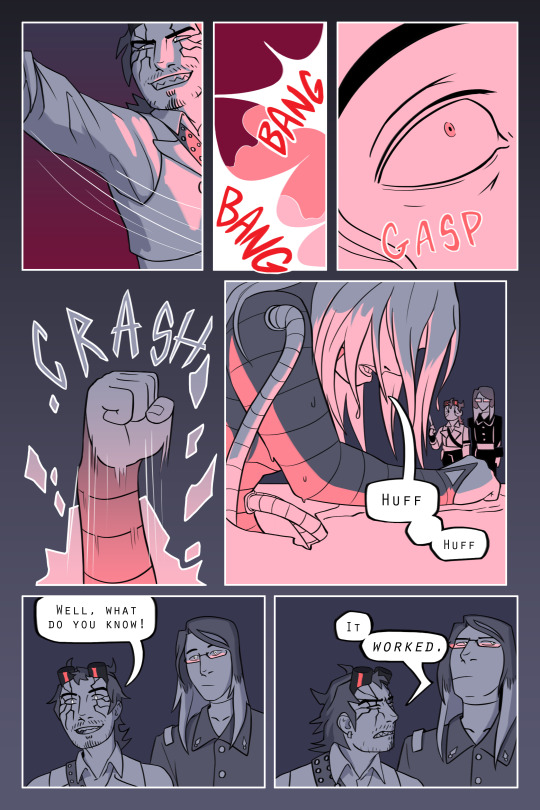
tfw you’re breaking out a science experiment with a broken snooze button and you keep sassing one another between the senseless violence
#the mechanisms#the mechs#the mechanisms fanart#once upon a time in space#jonny d'ville#nastya rasputina#briar rose#ouatis#comic#my art#there are supposed to be rose reds in the big room but i forgot :P#i considered adding bloodstains to imply them but it felt too cluttered lol#anyways hell is drawing rooms and guns and jonny's eye marks consistently#i'd say it was good practice though
3K notes
·
View notes
Text
I don’t know how many other people have put this together, but Thalia Grace is a version of sleeping beauty.
She’s basically cursed from birth. She’s a child of the big three born under the pact, so there was very little chance of her even making it to 16
The modern sleeping beauty is said to be based on a fable from the 1600s that’s named Sun, Moon, and Talia. Talia is the stories version of sleeping beauty, although her story is more grim than modern versions, and she is put to sleep with a splinter of flax. Talia and Thalia are very similar names, and CAN be pronounced the same
Thalia, in Greek mythology, is a muse, but it’s also a word. In Greek it means to flourish, to bloom, or to be joyous. Briar Rose is one of the more popular names for sleeping beauty, and she is named after a flower. So Thalia is named after something a flower does, which is flourish/ bloom. (This one’s a bit more of a stretch tbh)
Grace and beauty go hand in hand. Grace is also one of the gifts that sleeping beauty receives from the fairies in some adaptations of the fairytale.
Thalia Grace is put into a magical sleep for years to save her life, obvious one
Thalia Grace and Sleeping Beauty both have plants that grow around them/ on them that (in some adaptations) protect their ‘kingdom’.
In conclusion, Thalia Grace is a sleeping beauty retelling that I did not catch for like 8 years
#percy jackson#percy jackon and the olympians#thalia grace#pjo#pjo series#heroes of olympus#Jason grace#annabeth chase#nico di angelo#sleeping beauty#aurora#briar rose#fairy tales#percy jackson books#bianca di angelo
630 notes
·
View notes
Text

is this anything, has anyone done this yet
#the mechanisms#the mechanisms meme#once upon a time in space#once upon a time (in space)#sleeping beauty the mechanisms#briar rose#johnny d'ville
474 notes
·
View notes
Text
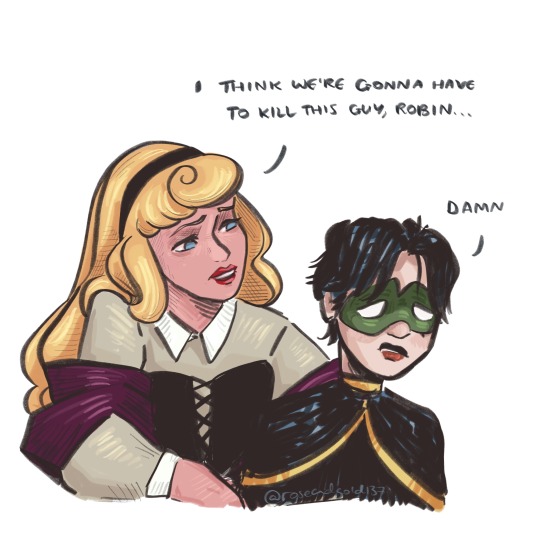
I’m like months late to this trend lol
287 notes
·
View notes
Text




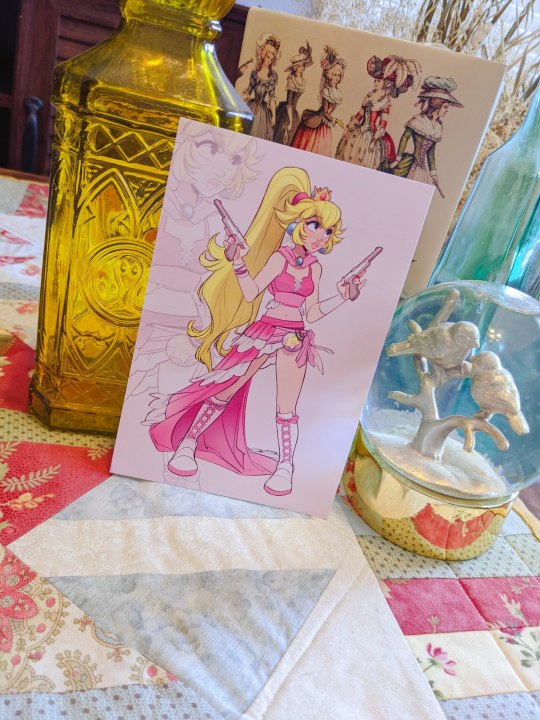
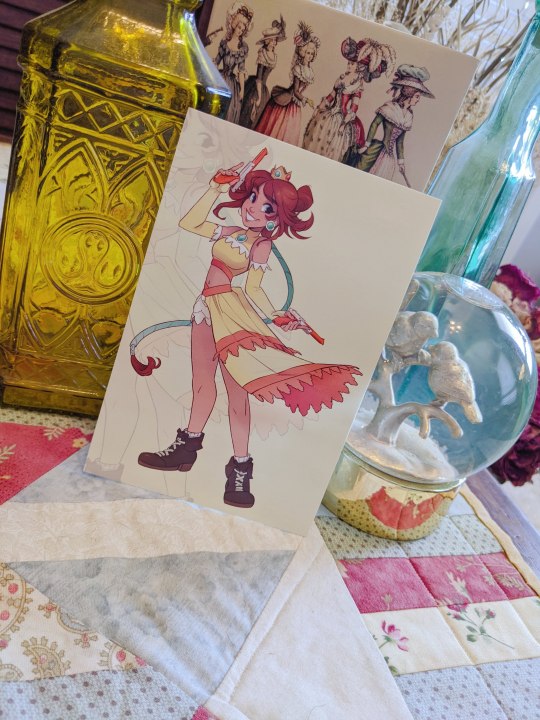
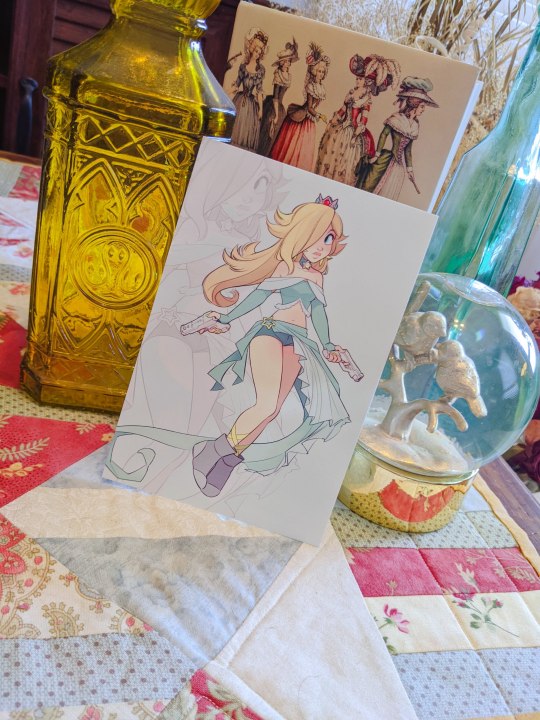



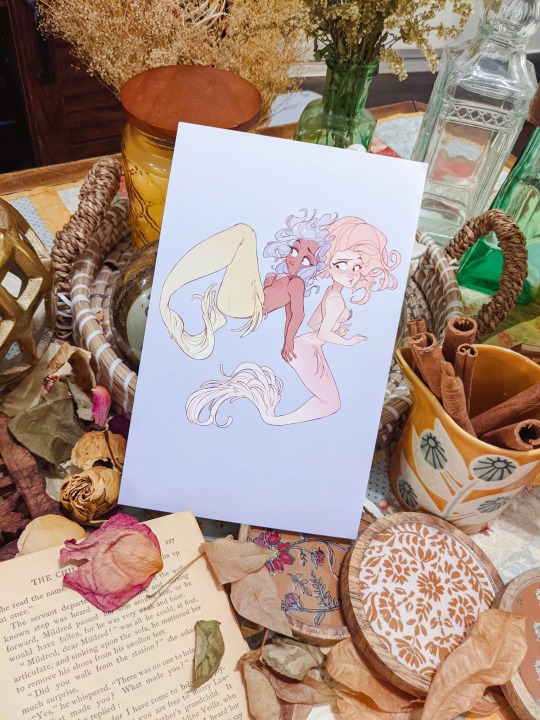
I HAVE RETURNED!
Which means my shop is finally open again!
Here's a coupon, since there's still time to get gifts for the holidays- hope this helps!
20% off code: IMBACK
Shop <-
#prints for sale#star wars#anakin#hera syndulla#mass effect liara#mass effect tali#dressphere#princess peach#princess rosalina#princess daisy#disney princesses#aurora#briar rose#little mermaid#ariel
291 notes
·
View notes
Text

Princess Aurora by NoEskape
485 notes
·
View notes
Text

オーレリアン • ホーソーン 🐿️🧵🥀
#twisted wonderland#disney twisted wonderland#twst oc#aurelian hawthorn#my art#twisted wonderland oc#royal sword academy#twst sprite#sleeping beauty#princess aurora#briar rose#twst aurora
276 notes
·
View notes
Text

Sleeping Beauty
#sleeping beauty#walt disney#princess aurora#disney#disney princess#briar rose#fairy#fairy tales#flora#fauna#merryweather
188 notes
·
View notes
Text
saw a tweet that anya, who has jumped from orphanage to orphanage and house to house at such a young age, is building her perception of love through twilight and yor: the reassuring words twilight says to yor, yor’s constant acts of service for her family, and their overall warmth and trust to depend on one another, despite initially being complete strangers.
what i love about that and spy x family as a whole is that it doesn’t enforce love as something purely romantic or physical, but that it’s everywhere. love is in yor’s burnt fried eggs and twilight’s nagging to get homework done. it’s in the peanuts in the pantry, the family ootings, and in each stitch in anya’s penguin plush. despite having a rough childhood, it’s likely that anya will grow knowing that love is limitless and is sprinkled throughout everyday life, thanks to twilight and yor (and bond).
of course, love can also mean kissing

#i thought i was shadowbanned so i didnt open tumblr#come to find that i had 89 notes ty omg#spy x family#twiyor#loidyor#loid forger#yor forger#yor briar#anya forger#bond forger#agent twilight#briar rose#sxf#sxf anime#sxf twilight#sxf loid#sxf yor#sxf anya#spy x family headcanons#spy x family anime#spy x family manga#sxf headcanon#twiyoriz
2K notes
·
View notes
Photo
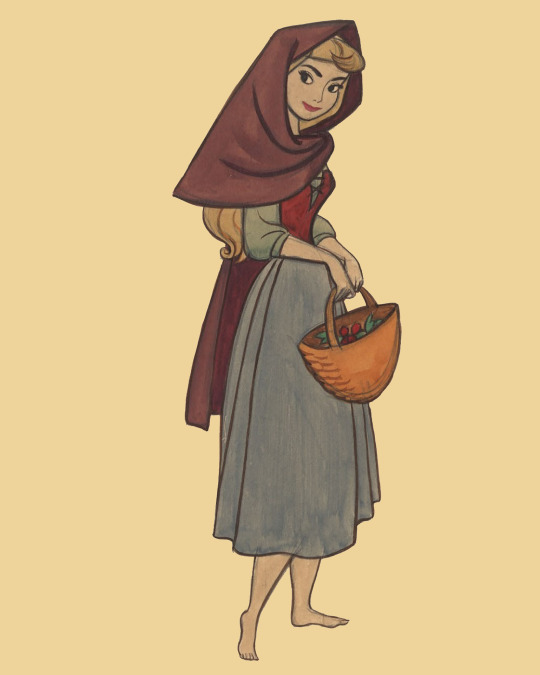

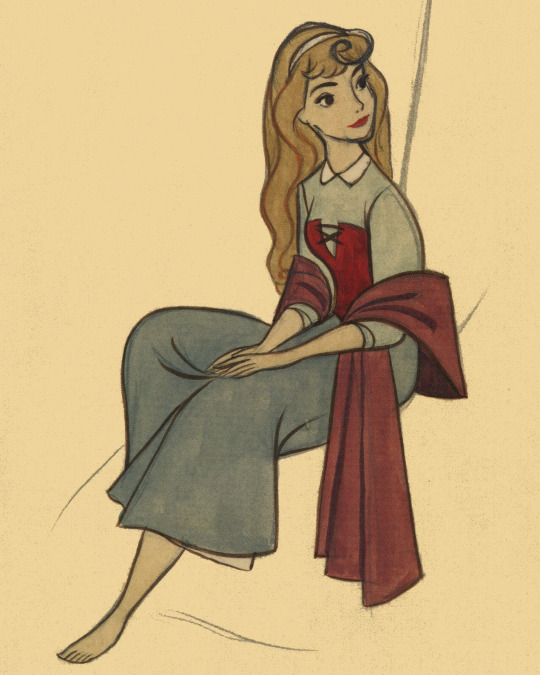
Character designs for Sleeping Beauty by Marc Davis
#favorite art style#disney#sleeping beauty#marc davis#Character Design#disney concept art#concept art#animation art#art#artwork#disney animation#character concept#briar rose#aurora#prince philip
2K notes
·
View notes
Text
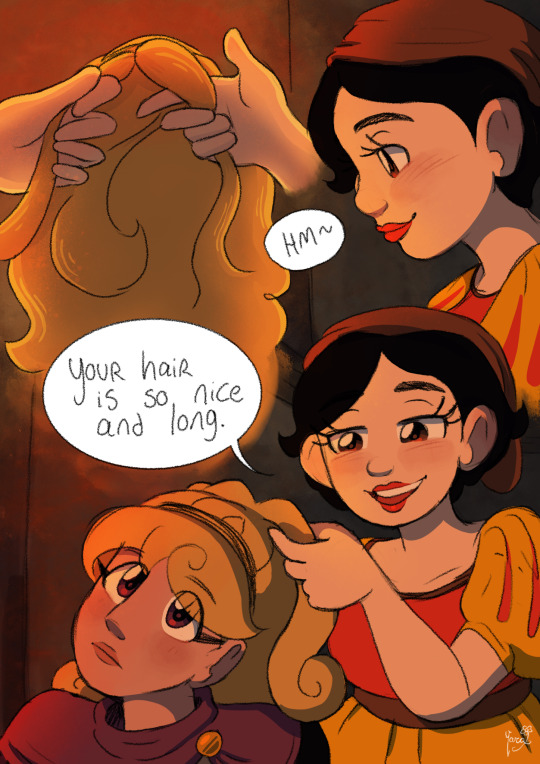





Made a comic with my Snowrora AU! I know some of you wanted to learn more about the AU and while it’s not a lot I’m really happy to share this with you all 💖
#pushing my lesbian Snow agenda hehe!#also this took me 20 hours if you were curious but to me it was worth every second#fanart#my art#disney#disney femslash#disney princess#snow white#snow white and the 7 dwarfs#aurora#briar rose#sleeping beauty#snow white x aurora#aurora x snow white#snowrora#snowrora au#lesbians#sapphic princesses#comic#fancomic#disney comic#comic artist#crossover
260 notes
·
View notes
Text
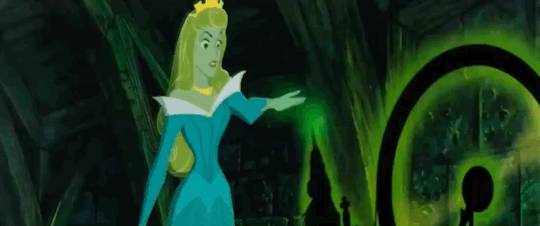

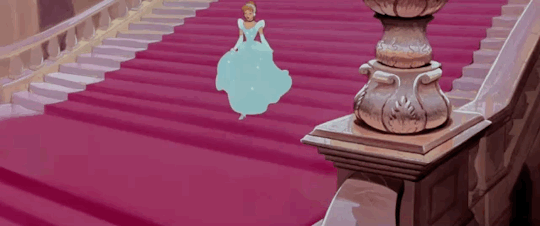
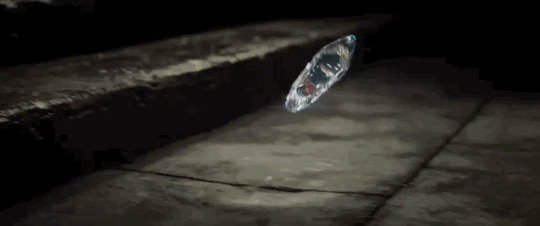
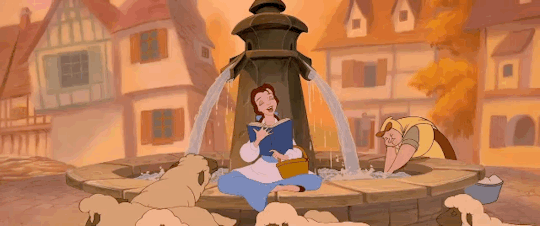
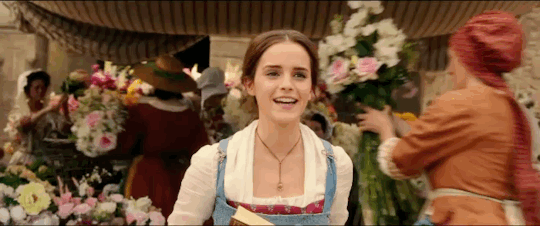
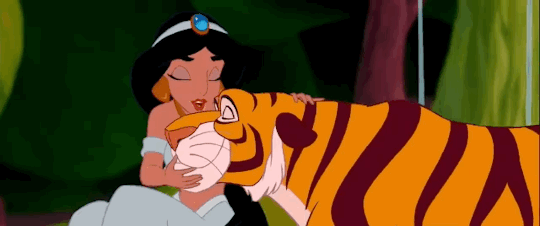


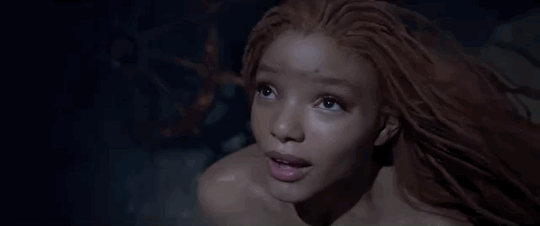
Disney princesses, 1950-2023
#sleeping beauty#maleficent#cinderella#beauty and the beast#aladdin#the little mermaid#aurora#briar rose#belle#jasmine#ariel#elle fanning#lily james#emma watson#naomi scott#halle bailey#rip mulan i ran out of space but she’s TECHNICALLY not a princess despite being on the roster#disney princesses#disney
2K notes
·
View notes